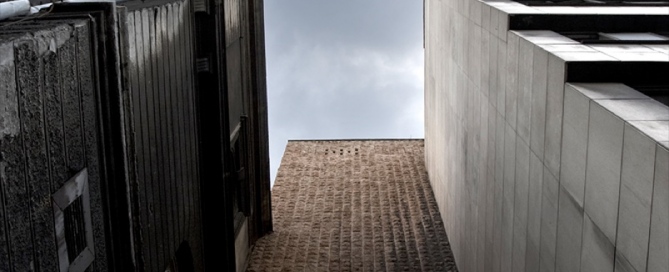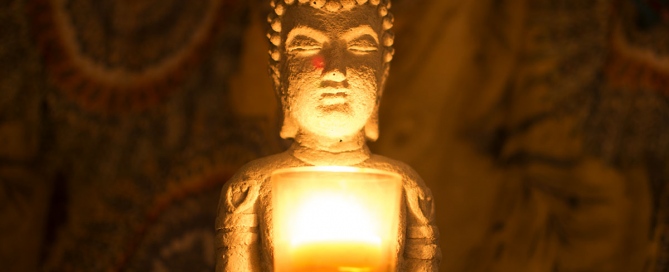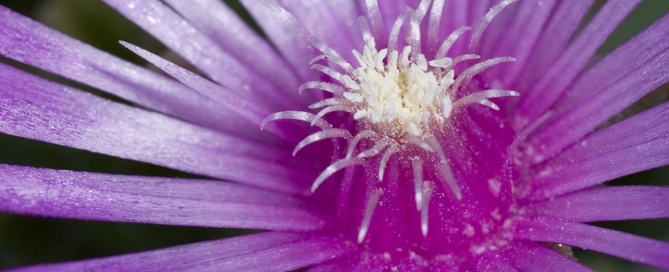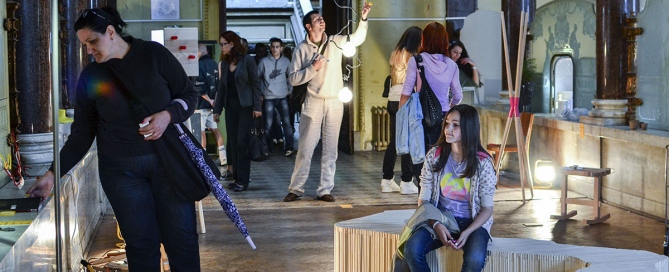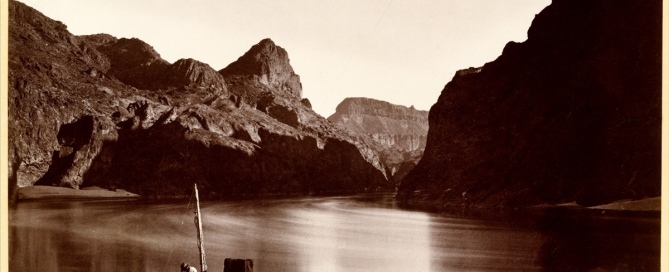The use of Gestalt in Photography
Want to kick your photography up a notch, but you’re unsure on which rules to apply? Making sense of all the many “composition” rules can be challenging sometimes, especially if you’re not a theoretic type of person. However, once you get them down, they will make wonders for your artistic expression without you even noticing it. [...]






